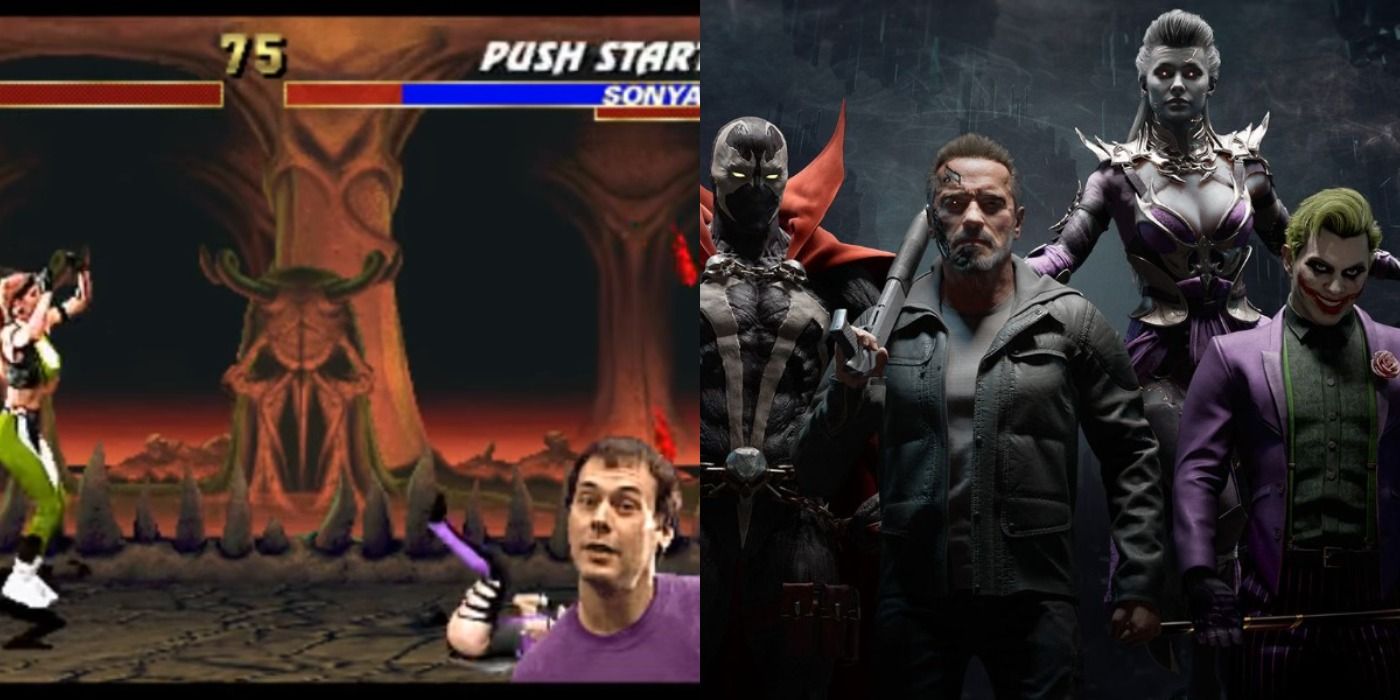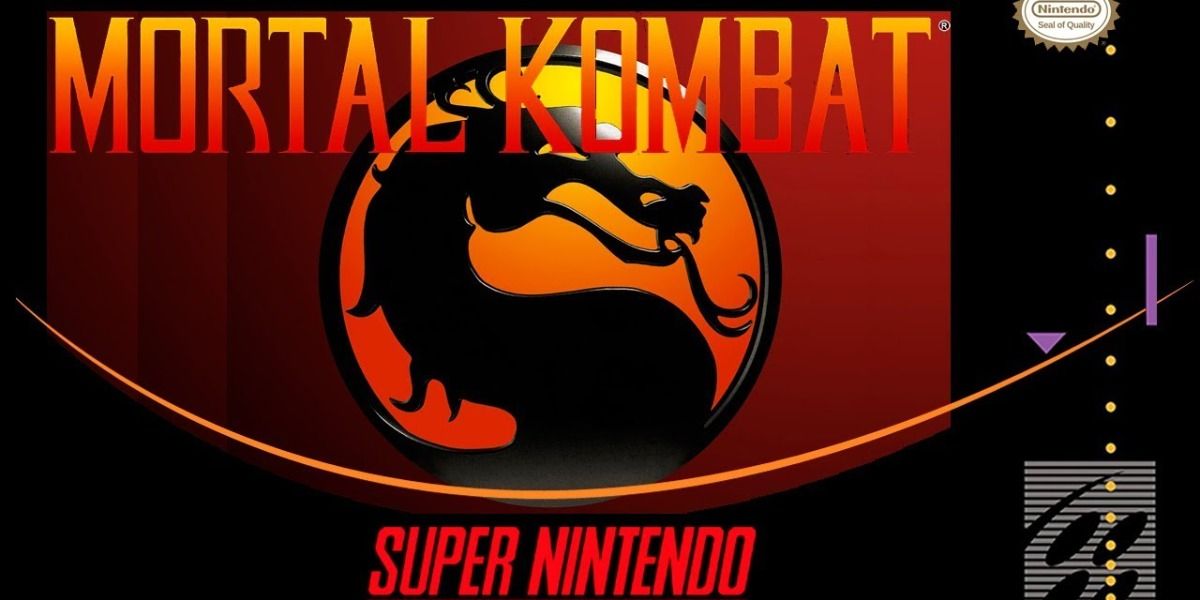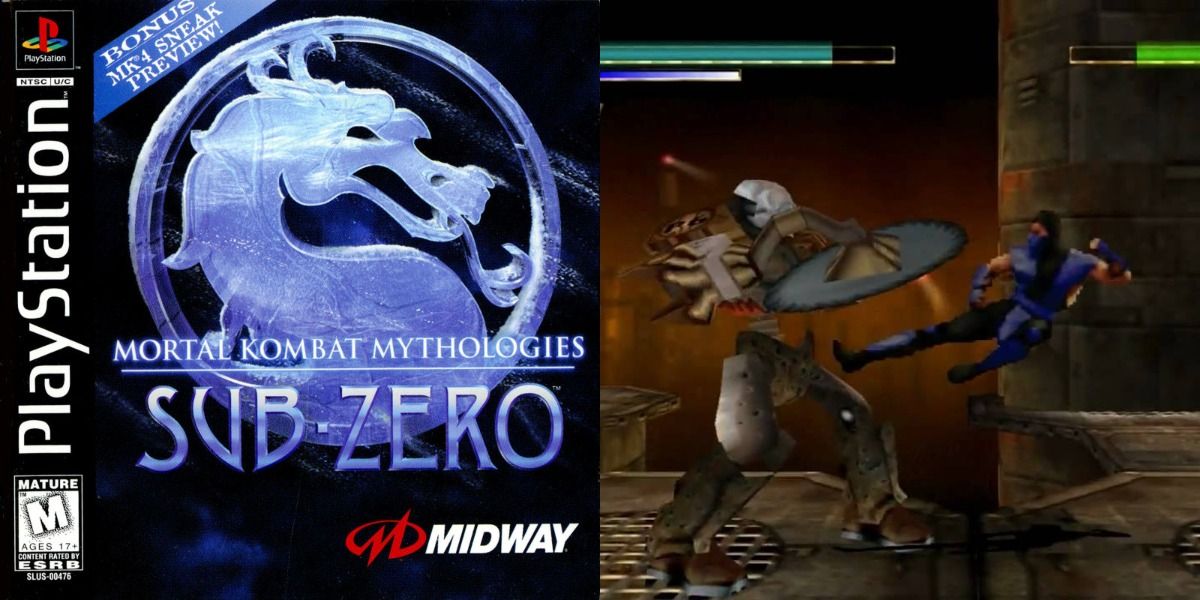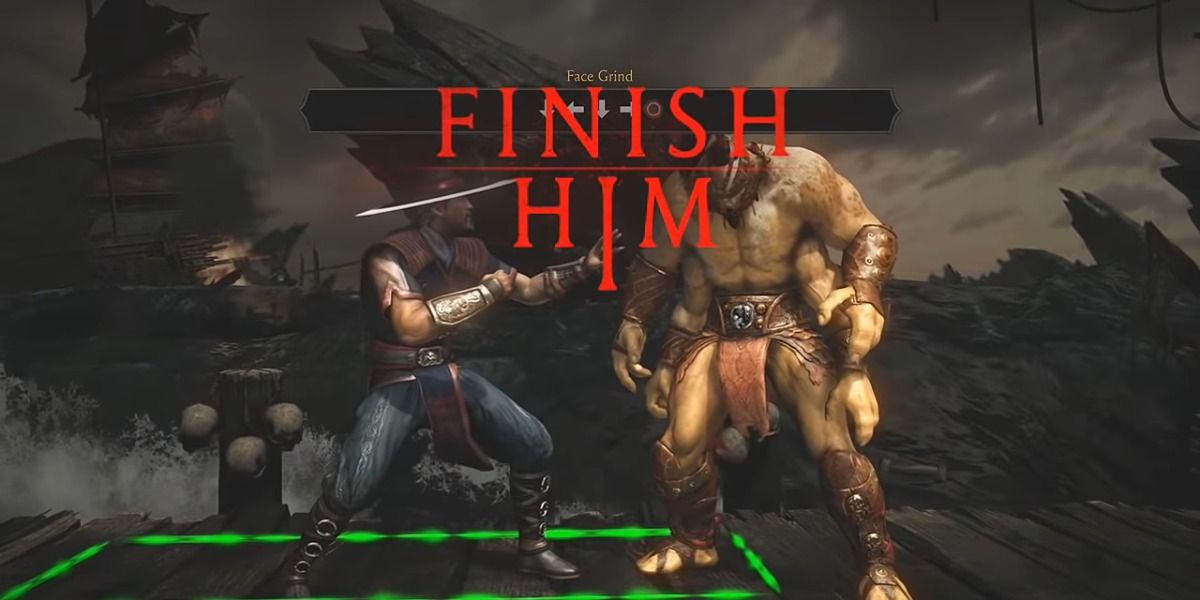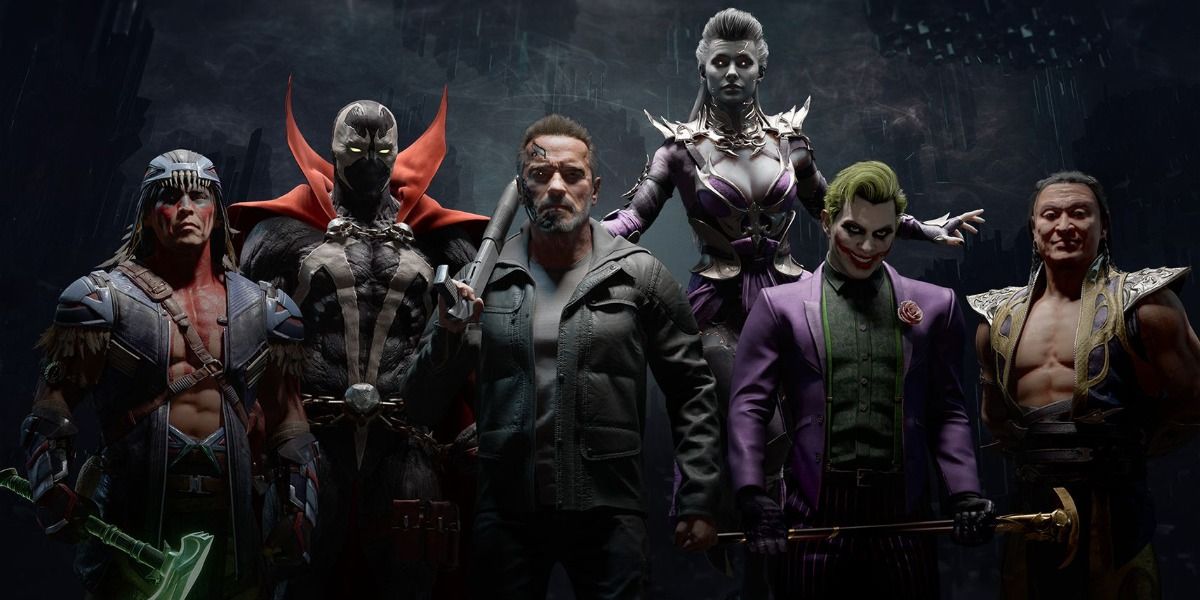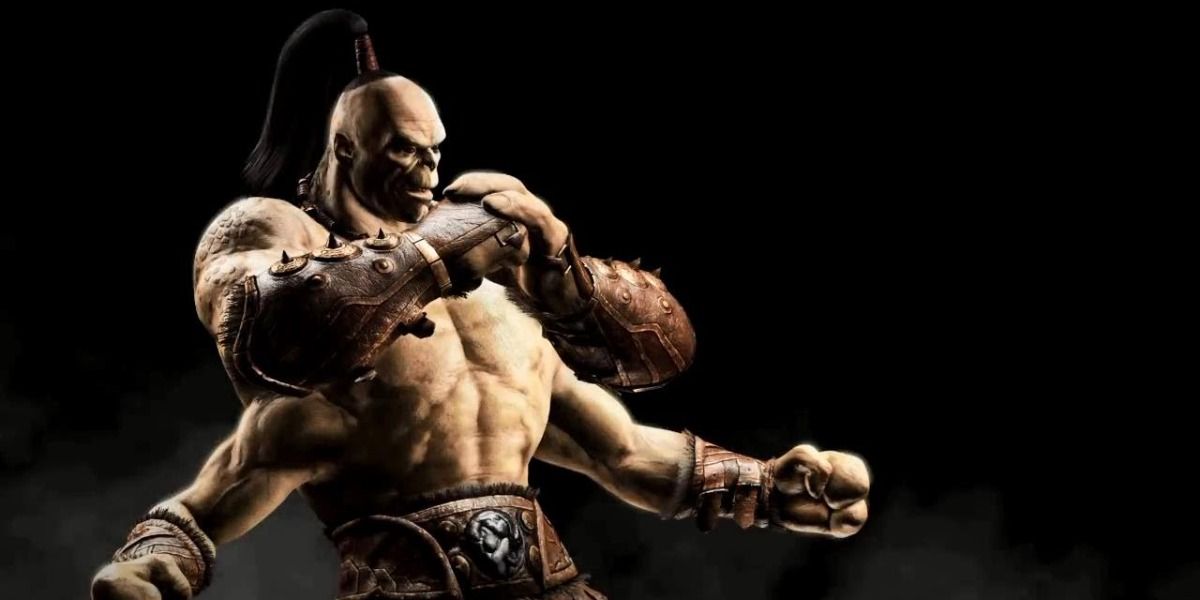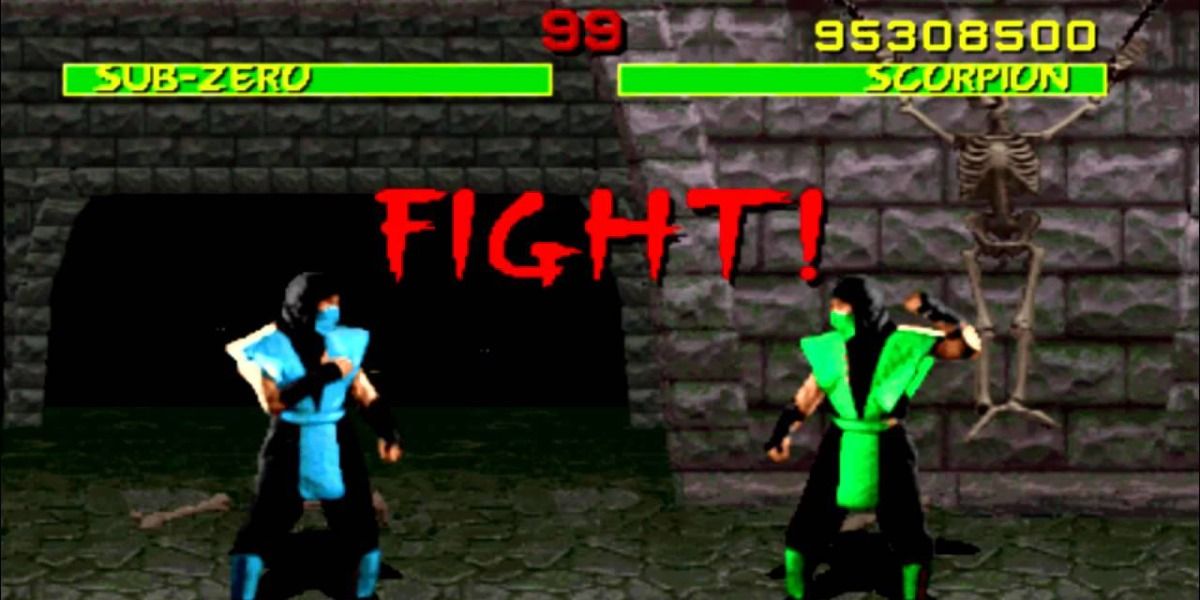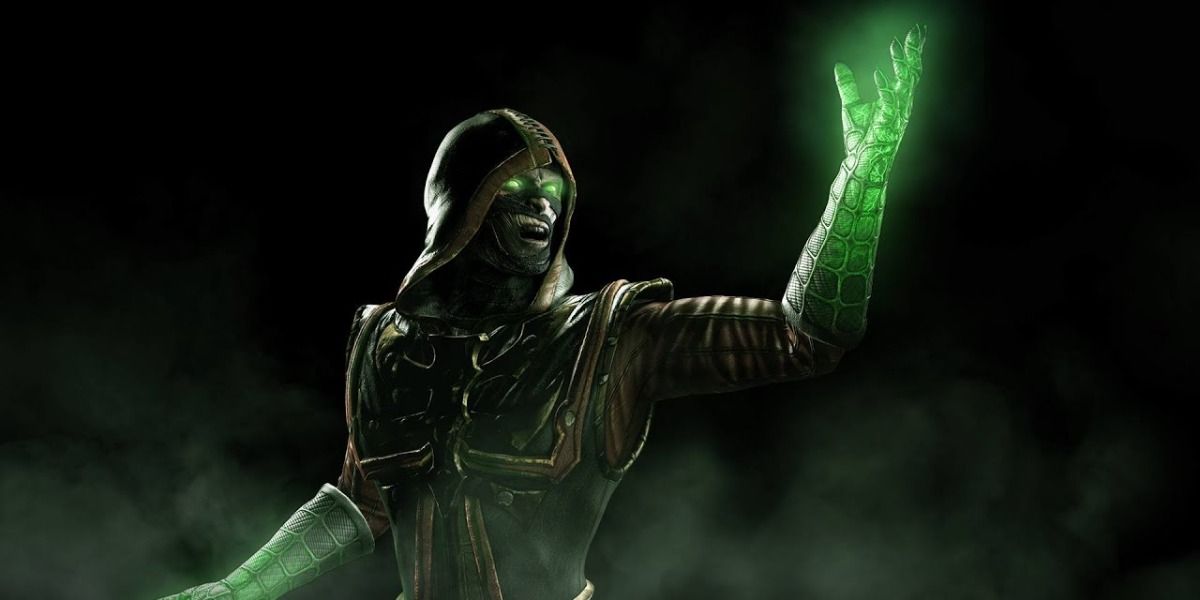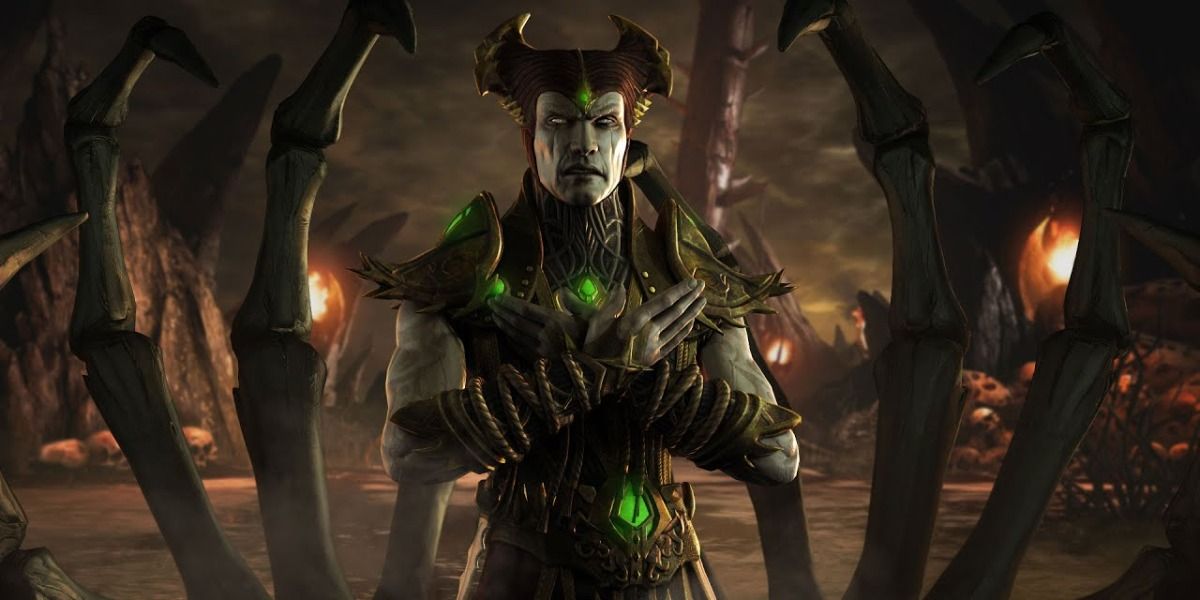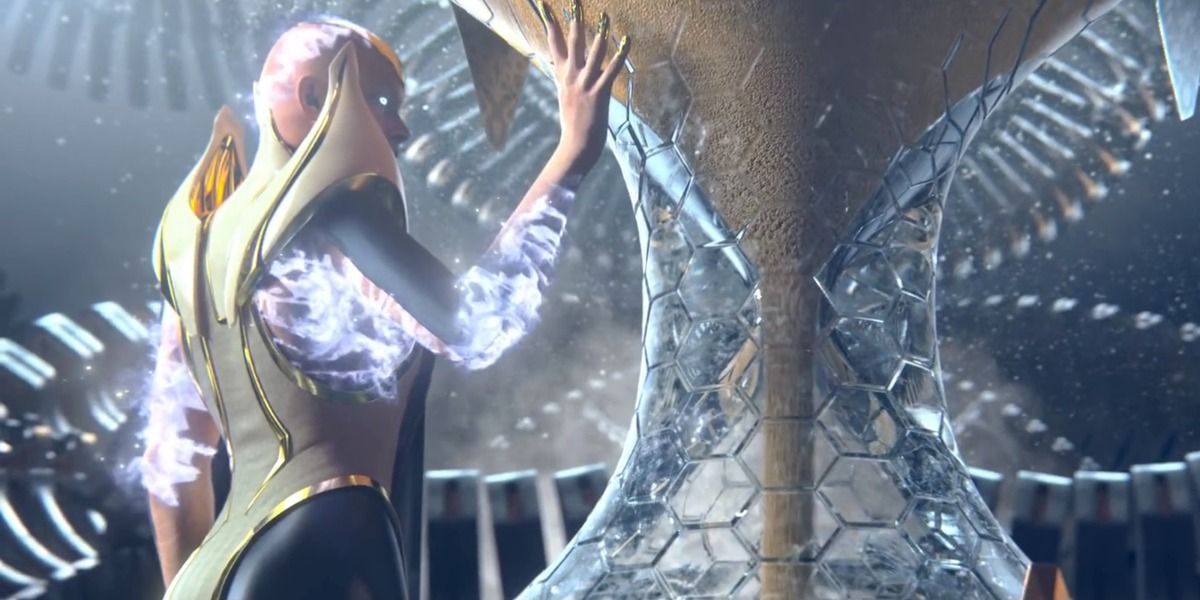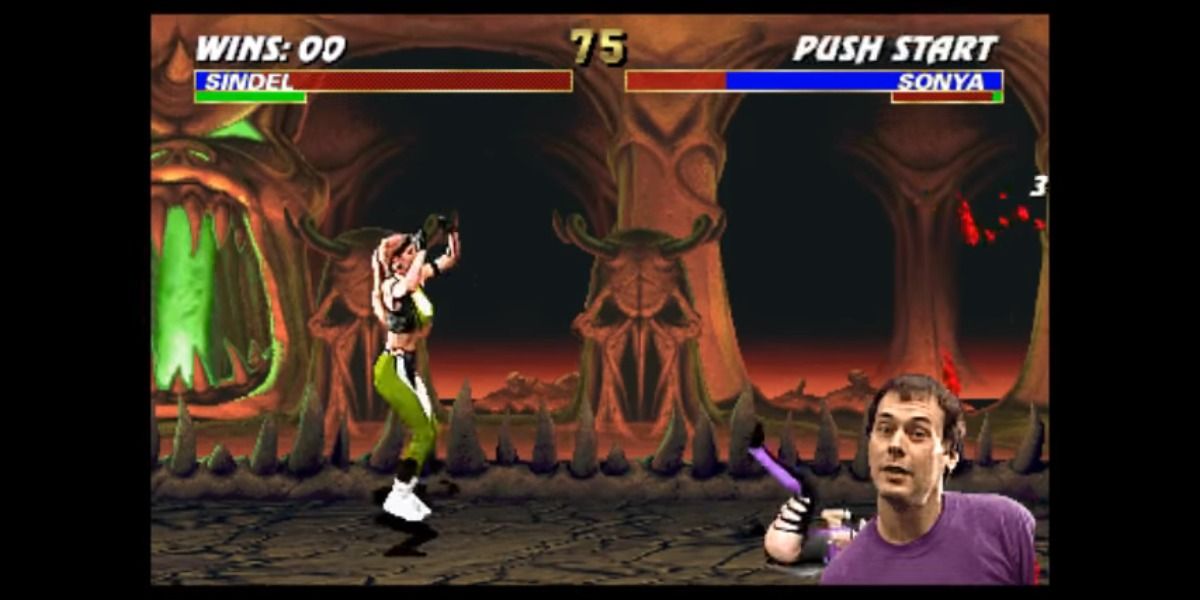The Mortal Kombat series has spanned nearly three decades and is one of the most successful fighting game franchises in history. Its games have revolutionized the genre, and they are mainstays in multiple gaming communities. The diverse character rosters, mechanics, combos, and infamous game-winning fatalities continue to draw fans to each new title.
As great as the franchise is, however, it has not been flawless throughout the years. Regardless of how much they love the series, fans can agree that features and aspects of certain games and the series as a whole can only be described as weird, confusing, or, in some cases, completely ridiculous.
10 SNES Censoring
It did not take long for Mortal Kombat to become a massive success. The first game was originally only an arcade game, which meant that fans would need to flock to their local arcades for a chance to play the hit fighting experience. This had been the norm, but fans quickly felt the desire to play the game from the comfort of their homes.
The SNES and the Sega Mega Drive (Genesis) both eventually received ports of the game. The SNES version was the technically superior one, but Nintendo decided to enforce restrictions on the game's violent aspects and had all of the blood and fatalities removed. While they did this to protect their brand's family-friendly image, the decision was met with criticism and confusion from the Mortal Kombat fanbase, who saw that the gruesome intensity was one of the biggest draws to the game.
9 Mortal Kombat Mythologies: Sub-Zero
After multiple years of developing hit fighting games, Midway, the developer responsible for Mortal Kombat, saw a chance to expand the franchise by creating spin-off adventure games. This led to the creation of three titles, the first of which was Mortal Kombat Mythologies: Sub-Zero.
While a creative and ambitious project, this new game, which told the backstory of the character Sub-Zero, was ultimately unsuccessful. Many fans decried its poor controls, lackluster combat, and confusing level designs. Midway initially intended for it to be the first in a series of Mythologies games, but this plan was soon scrapped after the game's release.
8 Paying For Fatalities
One of the most iconic elements of the Mortal Kombat series is the ability to perform gruesome fatalities on one's opponent after winning a match. By inputting a certain command while the opposing character stands in place dazed, a player can initiate a cinematic combo that kills the opponent in a complex and gory way.
For one of the latest entries in the series, Mortal Kombat X, fatalities were of course present, but the game also gave players the unusual option to purchase easy-to-use fatalities. Instead of inputting a series of commands, a player would need simply to press two buttons simultaneously. These fatalities were also consumables, meaning there was a set amount of times a player could use the easy inputs before needing to make another purchase.
7 DLC Character Choices
As is the common trend in modern fighting games, new and buzz-worthy characters are regularly released as downloadable content. The past three Mortal Kombat games have seen many new characters and returning classic fighters join their rosters this way.
While seen mostly as a good thing, many of the characters chosen for inclusion have been bizarre. NetherRealm Studios, who took over the development of the series after Midway's bankruptcy, saw DLC as a chance to include iconic characters from other franchises, most notably those from horror and action films. To this end, unlikely characters such as Spawn, John Rambo, and RoboCop have found their way into the intense and bloody fighting franchise.
6 Character Roster Cuts
Despite the large number of popular and iconic characters that the series is home to, only Raiden and Scorpion have been playable in every primary Mortal Kombat game. As the series has expanded and more characters have joined the fight, the developers have needed to make room for them by cutting certain characters from the roster.
The character choices are often understandable, but some have been surprising and even upsetting for many players. The two prime examples were Johnny Cage's absence from the original version of Mortal Kombat III and Goro's absence from Mortal Kombat 11.
5 So Many Ninjas
The number of diverse characters is one of the series' greatest strengths, but many fans are amused by the number of nearly identical ninja-style characters who have been added to multiple games. All of these common characters are ninjas, and their origins can be traced back to a single source: Scorpion.
Starting with the first Mortal Kombat game, Scorpion was the original ninja character and Sub-Zero was a reskin of his design. The same game also featured Reptile, who was another reskin and the series' first unlockable character. From there, the series continued to add new characters based on the same design, including a second Sub-Zero, Smoke, Rain, and Ermac.
4 Ermac’s Origins
The original developers had (and some continue to have) a high level of interaction with fans and have been aware of their opinions about the game. They have also known about many fan-made rumors, including one that inspired the development of a new character.
In the first few games, in the debug menus, some fans noticed that the term "Ermac" listed alongside Reptile's information. This led many people to believe that "Ermac" was another hidden character. What they did not know was that the term stood for "Error Macros," and was simply a note used by the developers. The misunderstanding was amusing to the developers though, so they decided to create an actual Ermac character as a sort of joke.
3 The Mythology
As the series has continued to grow and evolve, so too has the fictional history and characters that help form the narratives of each new game. Drawing from supernatural and mystical sources, Mortal Kombat has, over the years, crafted a mythos that is often hard to follow.
The issue with this mythology is its introduction of powerful magical characters. These characters, such as the sorcerers, gods, Elder Gods, and more, add new layers to the story in almost every game. They introduce new plot lines that often invalidate older ones, reshape or even kill older characters, and perform actions that lead to the creation of new timelines.
2 The Timelines
The series' mythos can be hard to understand, and that confusion is amplified significantly by the previously mentioned establishment of multiple timelines.
The first seven games constitute the original timeline, with the story concluding in an apocalyptic manner in Mortal Kombat: Armageddon. From there, in 2011's Mortal Kombat, the story resets itself when the character Raiden sends a message back in time to prevent the destruction of the world. And in the most recent game, Mortal Kombat 11, the story ends with the character Liu Kang gaining the power to control time and attempts to create a new and yet-t0-be-seen timeline that is free of the adverse impact that the villain Kronika had on the universe.
1 "Toasty!"
Developers have always loved sneaking amusing secrets into the games they work on. Whether they are meant to be found by players or only seen by co-workers during a game's development, these hidden surprises are often incredibly confusing and catch people off guard. One of the most infamous of these Easter eggs is the "toasty" secret found in multiple Mortal Kombat games.
"Toasty" was an inside joke and term that Dan Forden, the sound designer for Mortal Kombat, coined. At a certain point in Mortal Kombat II's development, his friends decided that it would be hilarious if they added a picture of Dan into the game along with a digitized recording of him saying the word. The joke has since stuck as a common hidden feature for the games, and Dan has made an appearance in six other titles.

